Finding Beauty in the World of Microbes
In his new book Beautiful Bacteria, biomedical engineer Tal Danino brings readers into the rarely seen world of the bacteria that are with us every day.
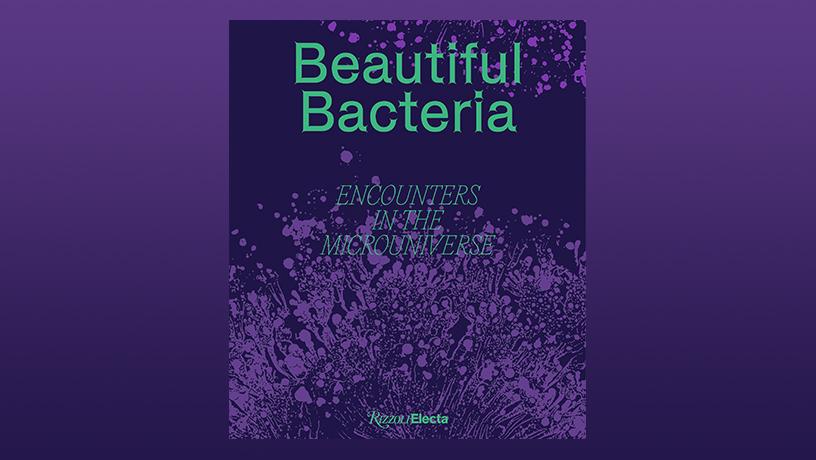
Authored by Columbia Engineering's Tal Danino and released March 26 by Rizzoli Electa. Credit: Rizzoli New York
Bacteria are ubiquitous almost everywhere on Earth — including inside the human body.
For decades, researchers have been engineering these microbes in hopes of developing new ways to diagnose and treat disease. Tal Danino, associate professor of biomedical engineering at Columbia Engineering, is a leader in that effort. His Synthetic Biological Systems Lab has developed groundbreaking advancements in using bacteria to treat lung and colorectal cancer and even “painting” targets that lead the body’s own immune system to kill cancerous cells.
Danino and his lab members are also artists, using bacteria to create wondrous images that expose the hidden world of microbes and reveal the beautiful diversity of these unseen worlds. In the new art book, Beautiful Bacteria, Danino shares gorgeous images alongside a crash course in the history and future of bacteria and the many, many ways they impact human life. He notes that Soonhee Moon, a member of the lab’s research staff, was instrumental in executing many of the art efforts.
How did you first become interested in using bacteria to make art?
As a graduate student I made movies of E. coli by using a microscope to take a picture every minute and then stitching them together. These were engineered microbes that would fluoresce in synchrony, creating things like waves and other beautiful behaviors. These movies became a really effective form of science communication, both for telling colleagues about our experiments and for introducing microbes to kids and other general audiences. I got really interested in how the visual arts could communicate science, and that became the launching point for asking how we make art with the bacteria themselves.
Microscopic art has grown in popularity, but you didn’t use expensive instruments to make the art in Beautiful Bacteria. What was your approach?
The book is really centered around something much simpler: the petri dish. There's no microscopy in there. When we started, it was geared to a much more scientific audience — the original manuscript had probably 300 references. The publishing team at Rizzoli helped pare the book down to a single concept that’s tight and coherent.
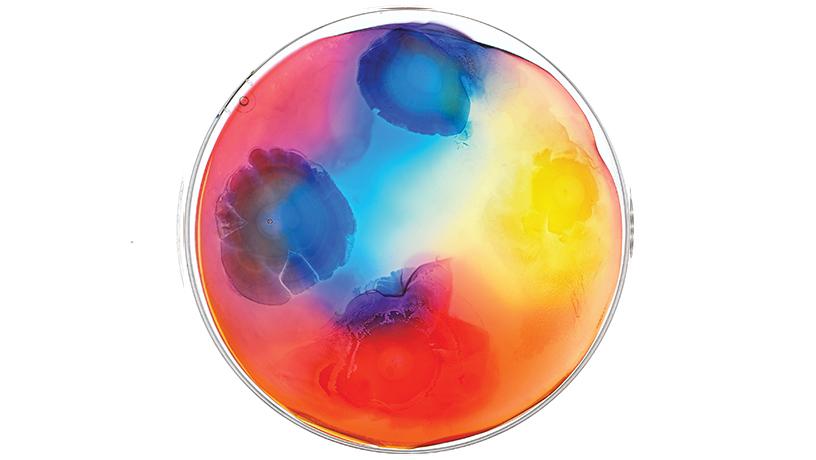
Multiple colonies of E. coli cultivated in a petri dish. This dish was stained with dyes and preserved by drying it.
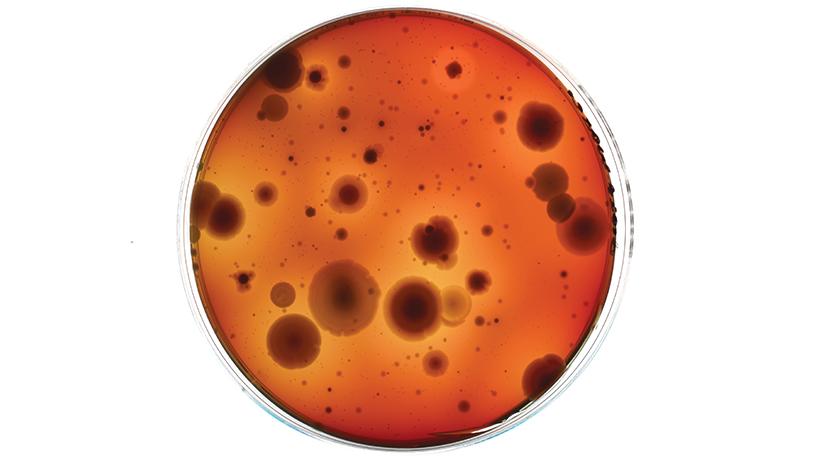
Bacteria from drain water, grown on blood agar to help isolate fastidious organisms. The colonies' colors, morphologies, and sizes hint at the identification of about ten different species seen here.
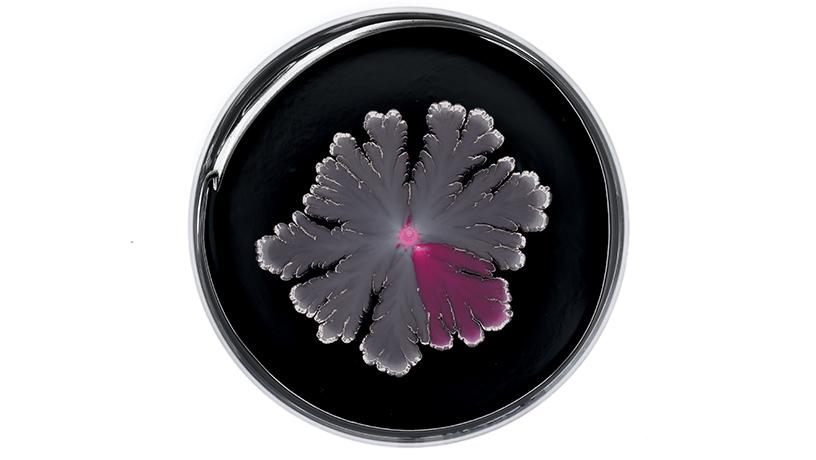
E. coli genetically engineered to produce a pink-colored protein. When grown on black agar from the center of a petri dish, part of the colony eventually evolves to reduce or eliminate this protein's production.
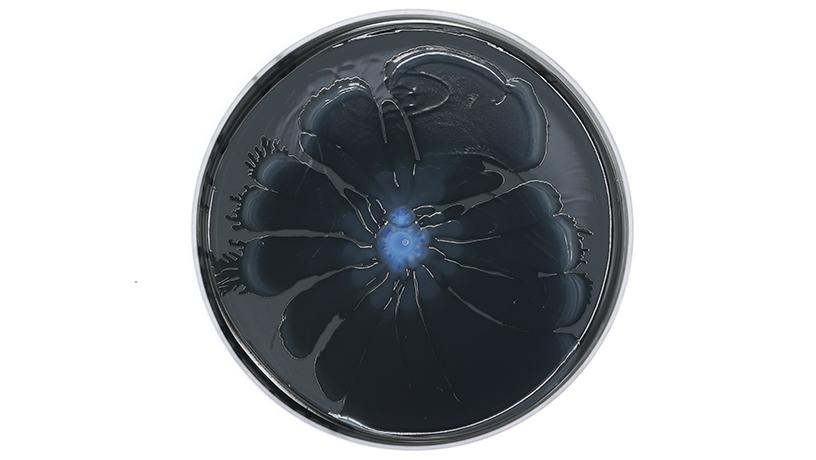
Proteius mirabilis with aeblue chromoprotein from Actina equina.
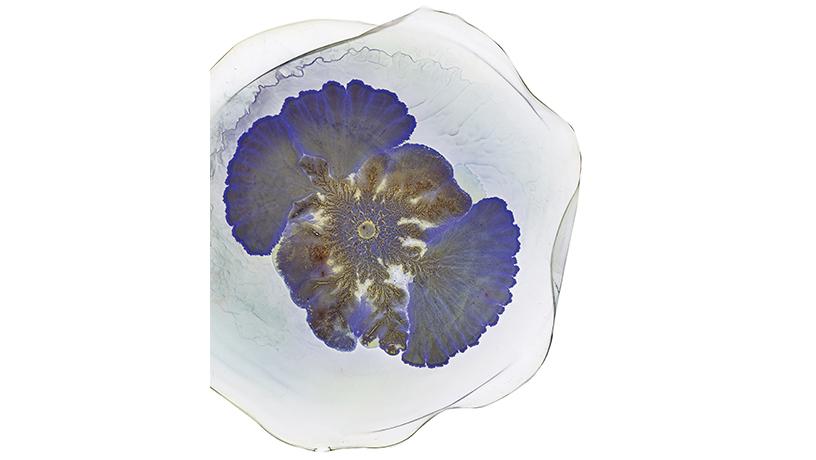
A species of bacteria isolated from soil and grown in a petri dish. After being stained and dried, the agar in the petri dish lifts and curls away from the dish.
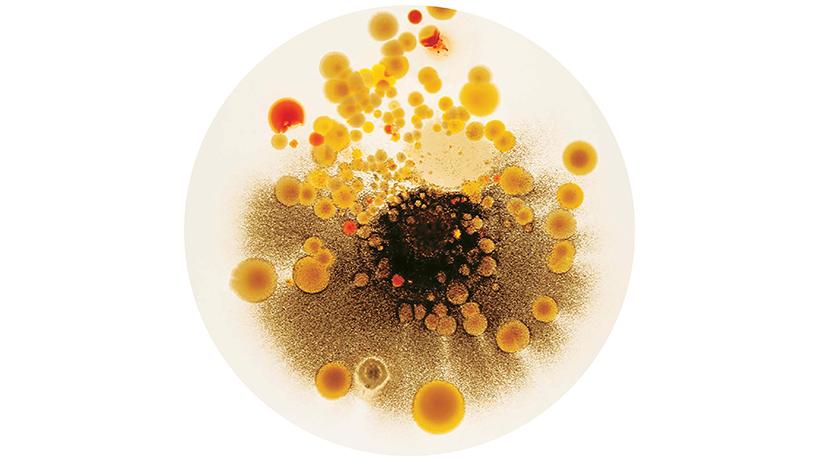
Diverse bacteria and fungi collectively form intricate microworlds resembling otherworldly landscapes.
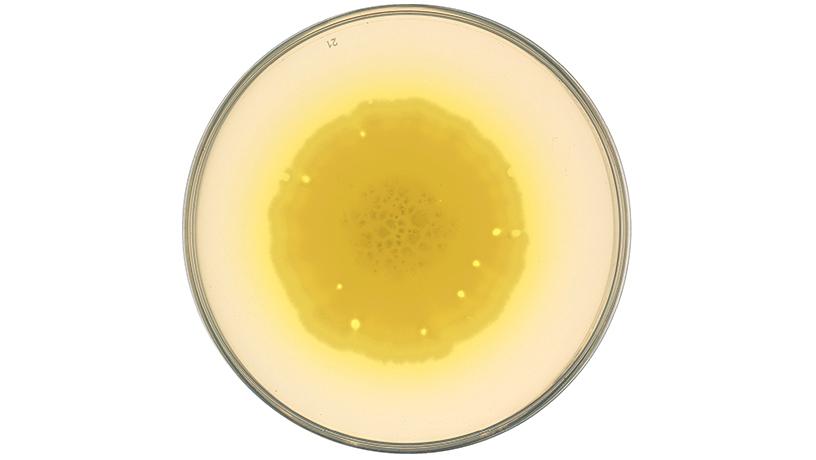
A single colony of Pseudomonas aeruginosa, a common pathogenic bacterium, on a cetrimide agar plate. An antimicrobial molecule on the agar inhibits the growth of other bacteria.
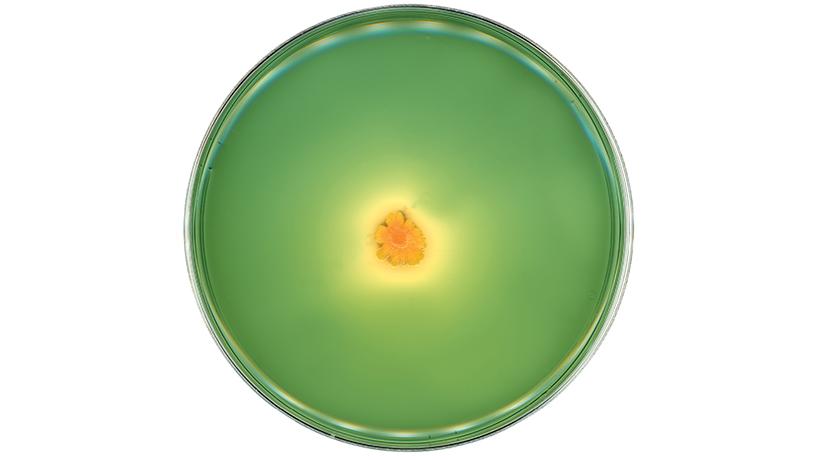
E. coli bacteria grown on Hektoen Enteric (HE) agar. This agar's indicators and selective agents allow for the identification of specific enteric pathogens, which affect the intestines.
You’ve been doing this sort of artistic work for decades. Why is now the right time for a book like this?
Artists work a lot with mediums and technologies that are becoming available and more accessible to them. Decades ago, it was digital arts and computers. More recently there’s been a lot of interest in using living materials to make bio-art. Bacteria become living collaborators in the artworks. It’s something that's very unique, and it's really hard to reproduce. We could never reproduce any of the images in the book — that's part of the artistic process.
Who did you write this book for?
It's broad enough that anybody could read it. I think there will be a lot of interest from students, in both science and engineering as well as art and the humanities. One of the things we've done at Columbia is to bring in broader audiences, too: younger ages and even the general public. Art has this really powerful way of being a universal communication mechanism because it transcends a lot of the jargon of science and even language barriers. A broader audience could appreciate an art piece more easily than a podcast or a textbook.
What’s the point of communicating with this kind of art?
I would describe this work as a softer and more personal entry point to the material that allows for self-inquiry. You can look at a painting for five seconds or you can look at it for five hours. You can think about what it's made of or the story behind it. It’s kind of like a mystery to solve or a journey to take rather than the textbook-style approach of memorizing some very structured concepts.
Learn more about the innovative work in the Danino lab and their use of visualization in cancer research. (Jane Nisselson/Columbia Engineering)
